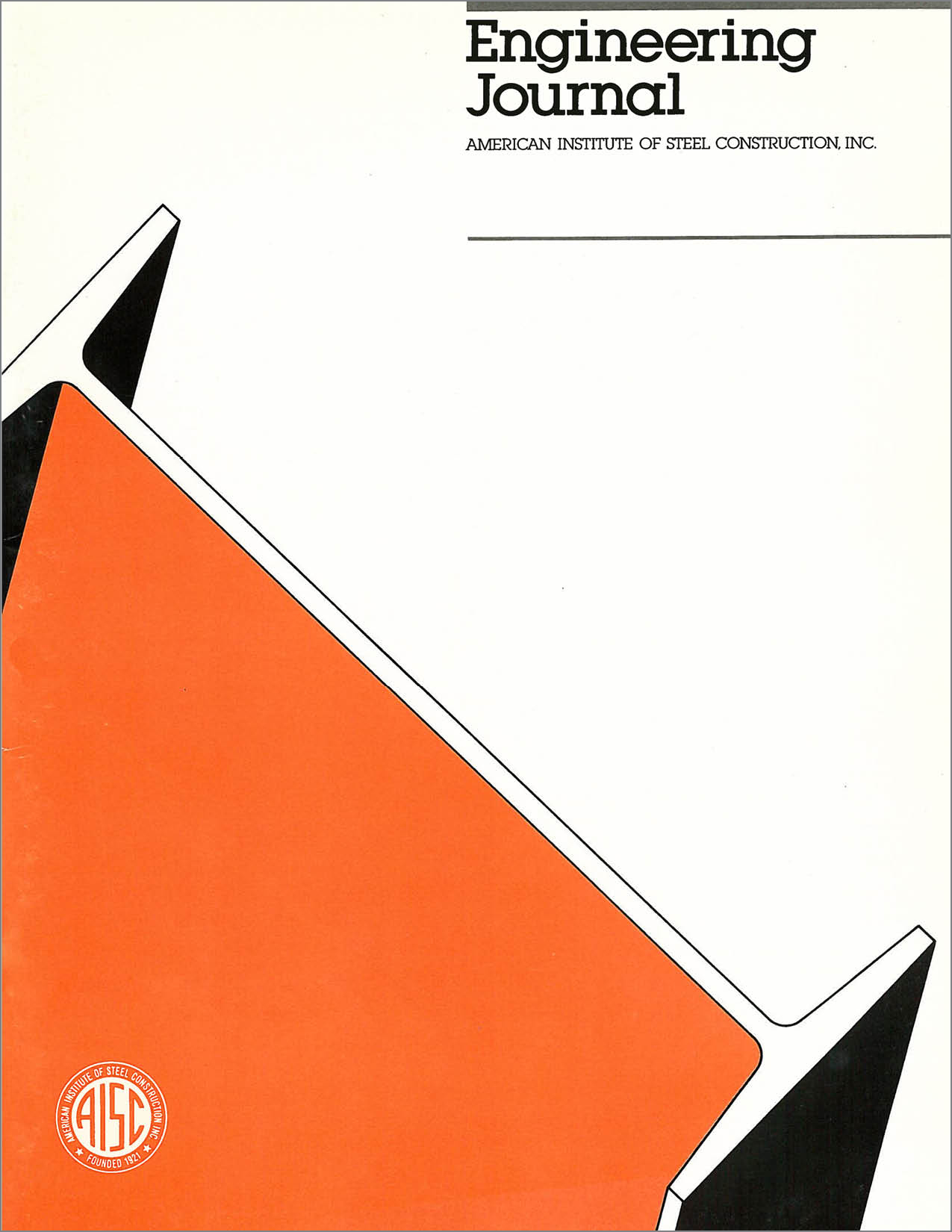Designing Longitudinal Welds for Bridge Members
DOI:
https://doi.org/10.62913/engj.v28i1.568Abstract
By far the greatest amount of welding in all structures consists of longitudinal welds used to join components of axially loaded members so that they will act in unison to form effective and stable structural members. Many designers opt to use complete joint penetration groove welds "just to be safe" when other weld types or combinations of welds would be a better choice in terms of limiting residual stress and distortion, avoiding lamellar tears, and reducing the cost of welding and fabrication. Since all properly designed continuous longitudinal welds of good quality have the same static life and same fatigue life, why do designers think it is safer to use complete joint penetration groove welds? This paper examines the choices available to engineers in designing longitudinal web-to-flange welded joints in I-shape and box-shape members and endeavors to briefly discuss materials, design, and welding information that affects that choice.

